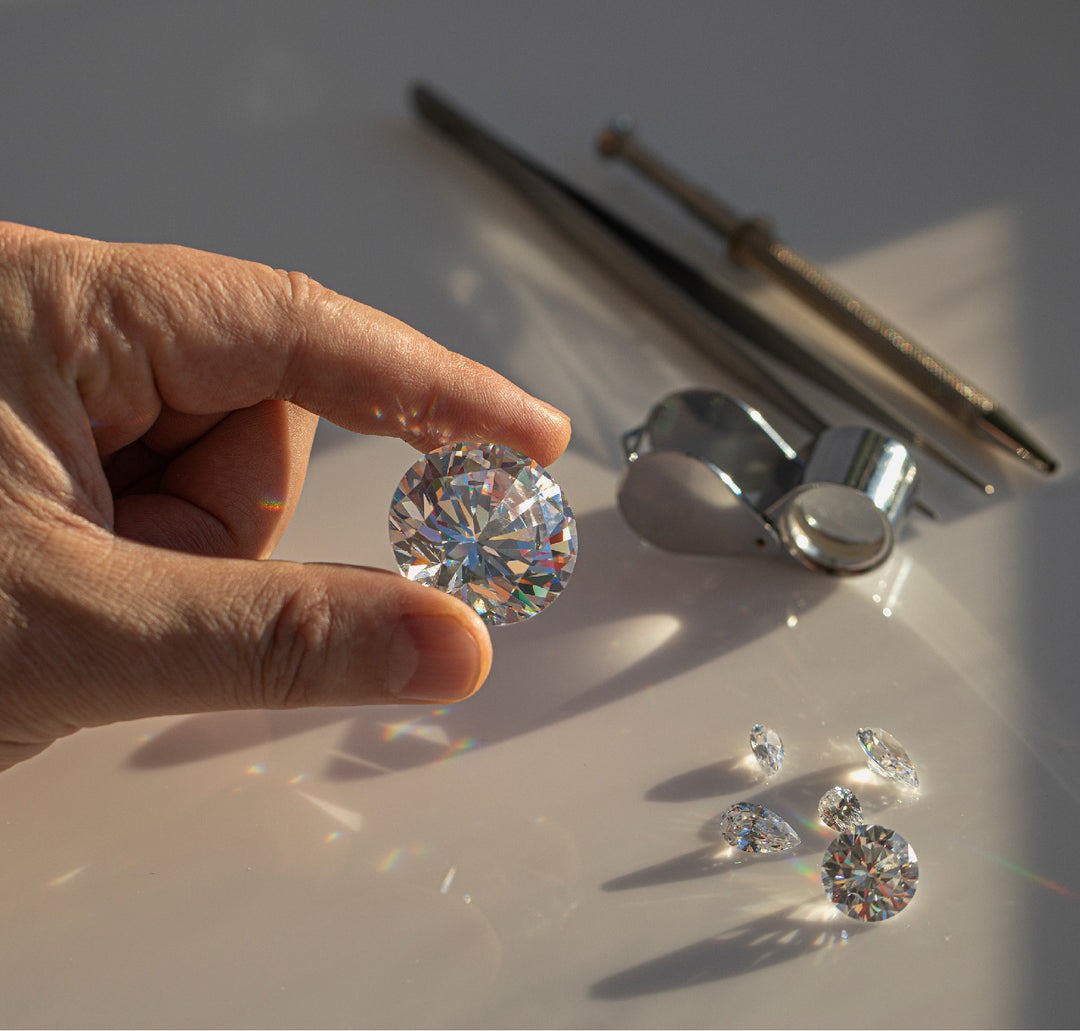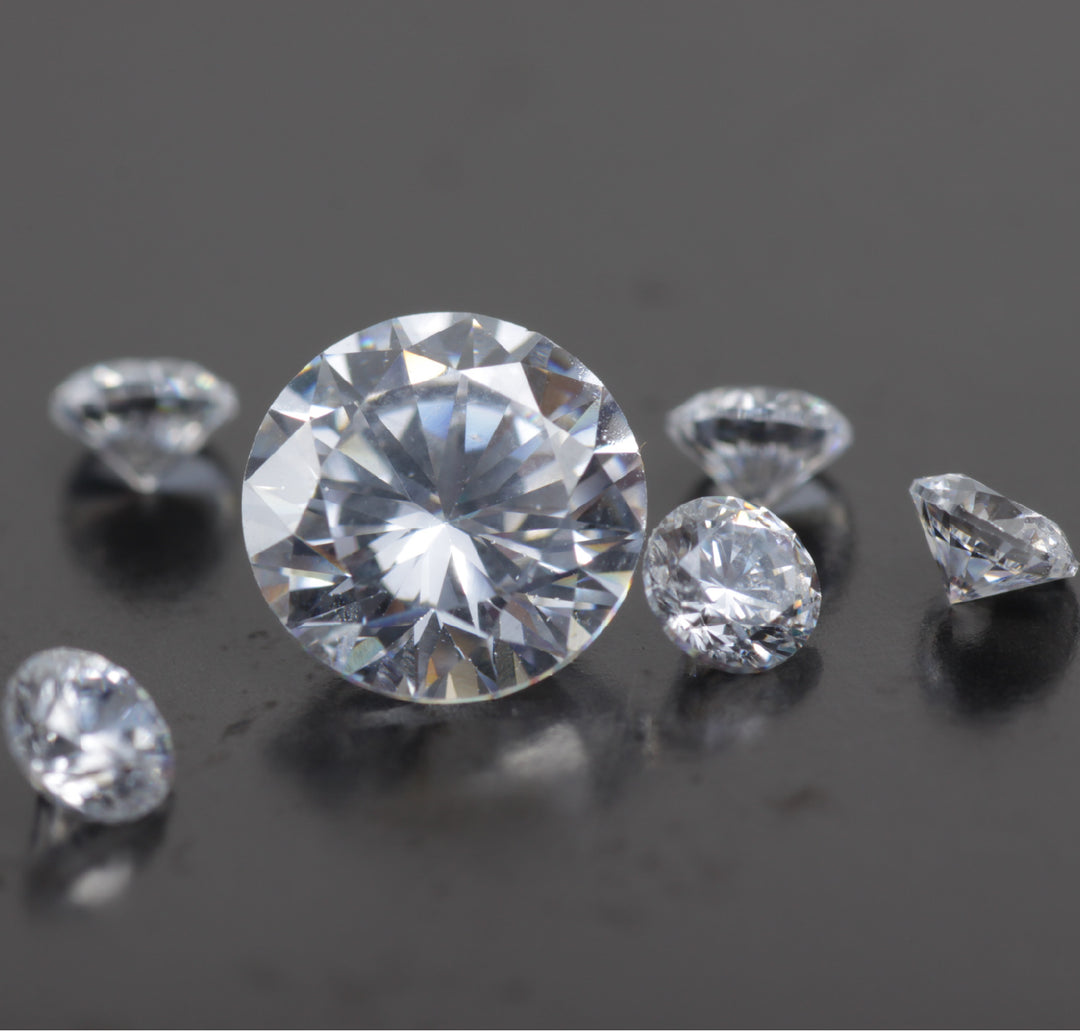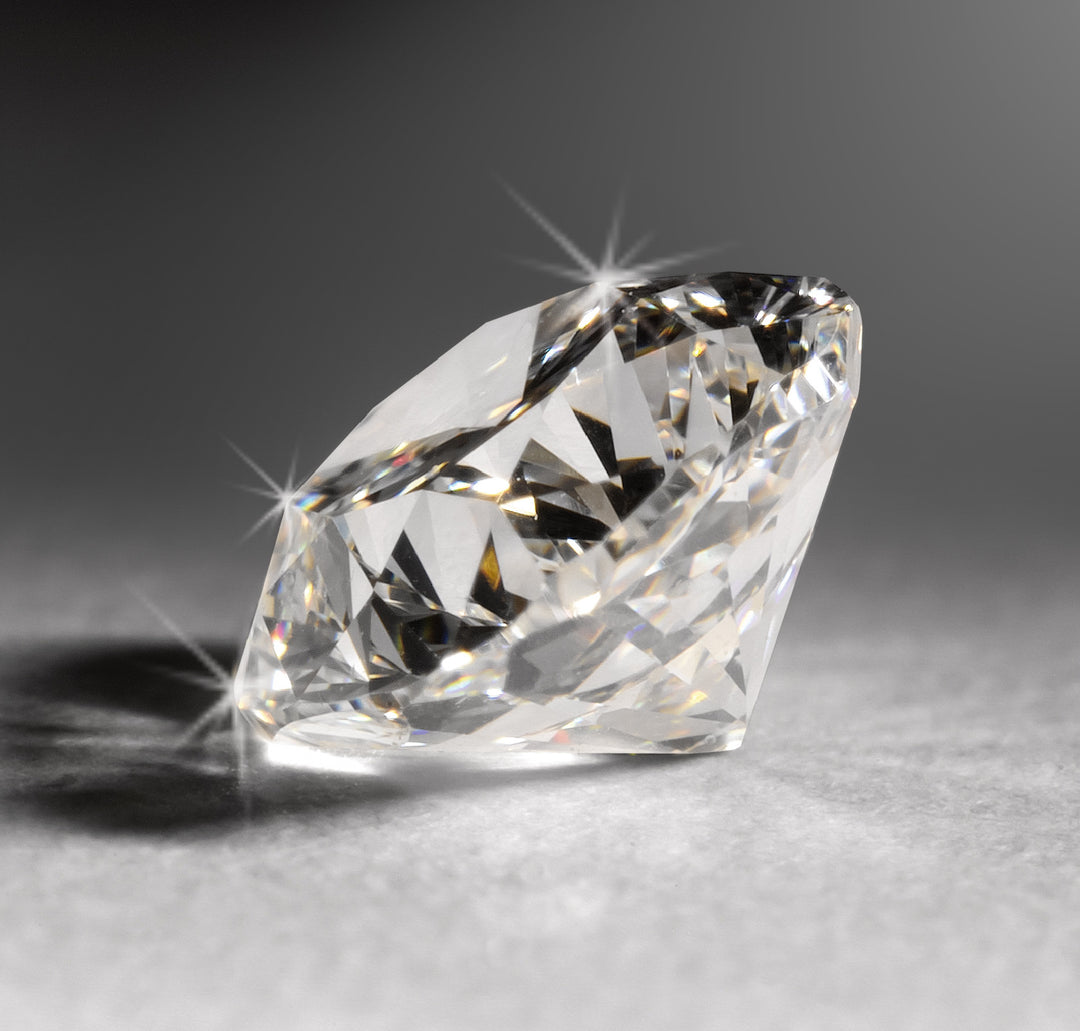
Lab-grown diamonds, also known as synthetic or cultured diamonds, are a fascinating alternative to naturally occurring diamonds.
They are produced in controlled environments using advanced technological processes that mimic the natural diamond formation, which takes place deep within the Earth's crust over millions of years.

The creation oflab-growndiamondsstarts with a tinydiamondseed, which is placed in a chamber with a carbon-rich gas. Under high pressure and temperature conditions, the carbon atoms gradually crystallize around the seed, layer by layer, replicating the same crystal structure as naturaldiamonds. The result is adiamondthat is chemically and physically identical to its mined counterpart.
One of the main advantages oflab-growndiamondsis their ethical and environmental impact. Unlike traditional mineddiamonds,lab-growndiamondsdo not contribute to deforestation, water pollution, or harmful mining practices. Moreover, they are free from conflicts, often referred to as "blooddiamonds," as their origins can be traced and verified.


Lab-growndiamondsare also more affordable than naturaldiamondsof similar quality, making them an attractive option for budget-conscious consumers without compromising on brilliance or durability. Additionally, their origin and sustainable production methods appeal to environmentally conscious buyers.
It's essential to note thatlab-growndiamondsare not fake or imitation stones; they are genuinediamonds, indistinguishable from natural ones to the naked eye and even too many gemmological tests. As these syntheticdiamondscontinue to gain popularity, they are revolutionizing thediamondindustry and offering consumers an ethical, sustainable, and beautiful choice for their jewellery needs.

At Wedstones we offer both natural &lab-growndiamonds.

